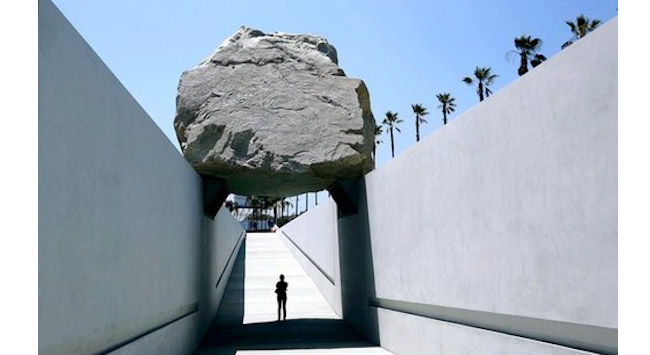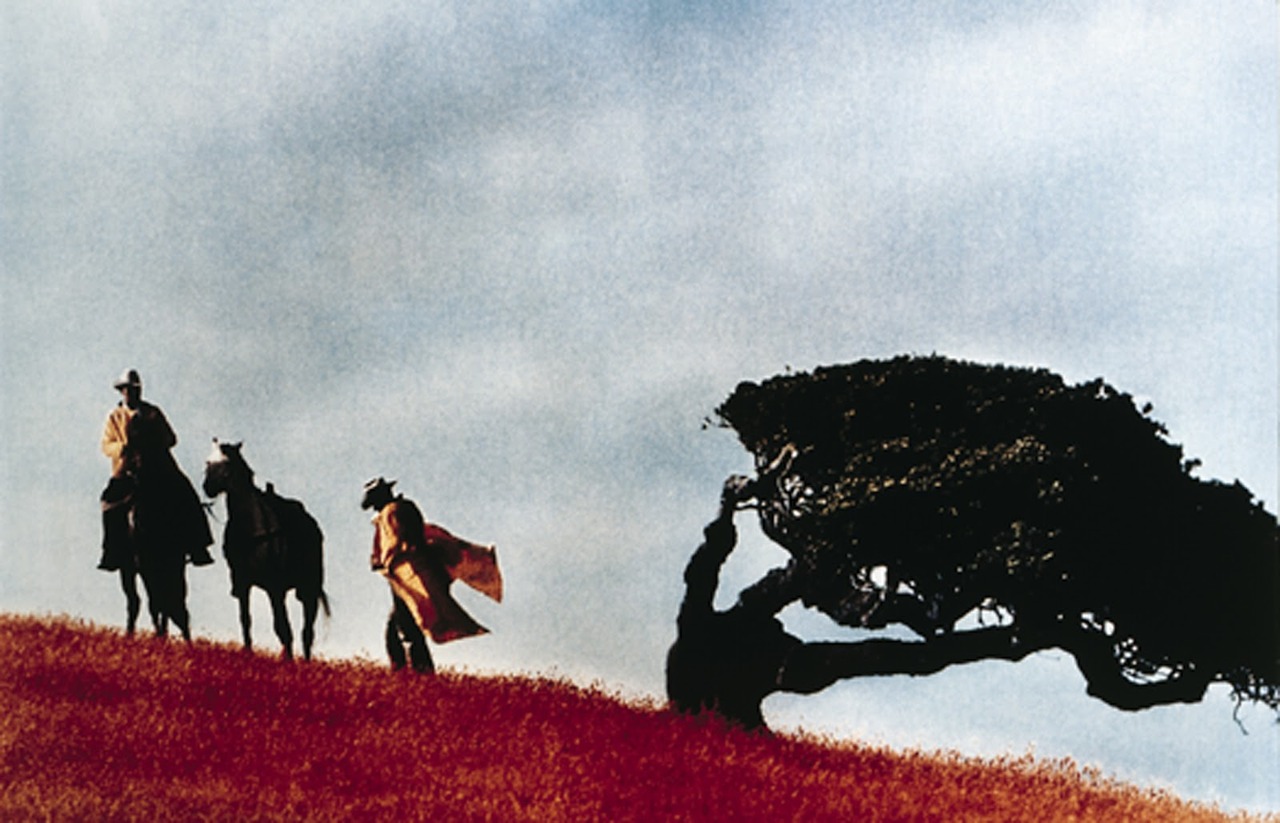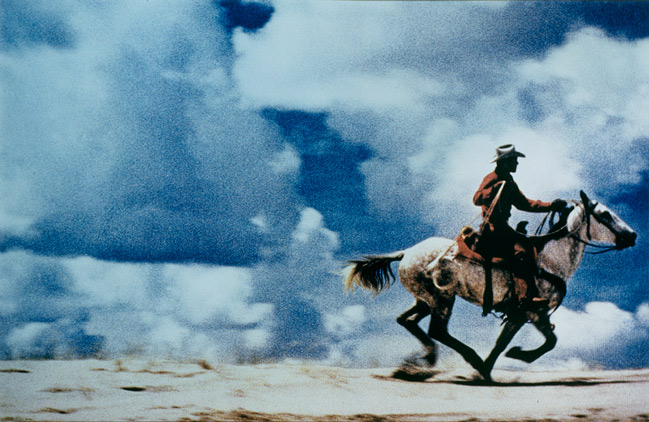This is not going to be an article bashing famed fine art photographer Richard Prince for stealing other people's artwork. I won't be discussing the legality of his most recent exhibition or his ethical obligation to other photographers. Instead, I'd like to talk about two things. First, I want to discuss why the work is boring, mediocre and downright lazy. Second, I'd like to explain how the internet turned his boring, mediocre and downright lazy artwork into an unstoppable phenomenon, and gave credibility to his weak attempt at social commentary.
If you have been living under a rock for the past week, then let me fill you in on what's going on. Richard Prince, a contemporary appropriation photographer and painter released a series of screenshots of seemingly random Instagram users, mostly selfies of women posing in somewhat suggestive positions. He changed some of the comments and captions, printed them very large and priced them between $90,000-$100,000.
Naturally, this infraction came to the forefront of the photography community in a very viral way. The blogs went mad, Facebook and Twitter users gathered their pitchforks and blew up the internet with their rage.
But before we discuss these pieces, you have to understand a little bit about contemporary art, and a little more about Richard Prince as an artist.
(I'll add that my main gripe with pretty much everyone lashing out on the internet this week has been their complete lack of understanding appropriation and their unwillingness to research why an artist would do something like this.)
We live in an age of art where the main goal is to challenge the viewer and their understanding of what art is. In the 1970's appropriation began to rise in popularity in the art world. Appropriation is taking an image or an object, and doing little or nothing to change its context, thus challenging how the viewer would normally see this image or object. One popular example of appropriation that you may be familiar with is Marcel Duchamp's toilet pieces. He literally took a toilet, scrawled some text on it and called it art. Also see Michael Heizer's "Levitated Mass", which is just a giant boulder that he brought to the LA County Museum of Art.
Now I personally find this approach to fine art to be... Crap. Perhaps at it's genesis it was earth-shattering and challenging, but now I find it to be lazy and lacking impact. Richard Prince has been doing this for years, and I find all of his attempts at it to be uninspiring. Take his cowboy photographs as an example. To be brief, Prince took old Marlboro cowboy advertisements and removed the branding and text. The goal here is to make the viewer think about how lame and campy these images are without the branding and to make us see that the reason those images ended up being popular is just because an advertiser paid for them to be done.
So now that we know more about appropriation and about Richard Prince, we can talk about why this new work of his is sub-par. The main failure of this series is sheer laziness. First of all, this has been done to death. Appropriation is barely relevant now, and like I said above, many artists before him have done this. Prince is, for some reason, very popular among collectors. Most contemporary galleries and collectors have his work in their collection. He commands a strong audience and is able to sell his work for absurd dollar amounts. This Instagram series of his seems like nothing more than an attempt to piss people off and make money. People will buy these pieces. They will buy them because they are his. But more importantly, they will buy them because they have become viral.
On their own, even with Prince's name on them, these pieces are pretty terrible and command very little authority as concepts. But because of the outrage and general internet phenomenon that they've become, they have become INCREDIBLY relevant and command a lot of authority in the art world. This is one of the first pieces of art that has gone viral in the internet age. Like it or not, the outrage was part of the art. In fact I'd say it was kind of the whole point. Without the backlash, these pieces mean very little.
So. Here's the part where I say it's your fault. To anyone who posted an angry status, wrote a blog post demonizing these pieces, or warned their friends about copyright issues on social media platforms... You gave Richard Prince exactly what he wanted. Without your help in making the photographs go viral, they probably would have been a huge flop. And don't come to me and say that "it needed to be said" or "we can't let him get away with this" because no, it doesn't need to be said and he will get away with it. His lawyers are better than yours.
Congratulations, internet.





